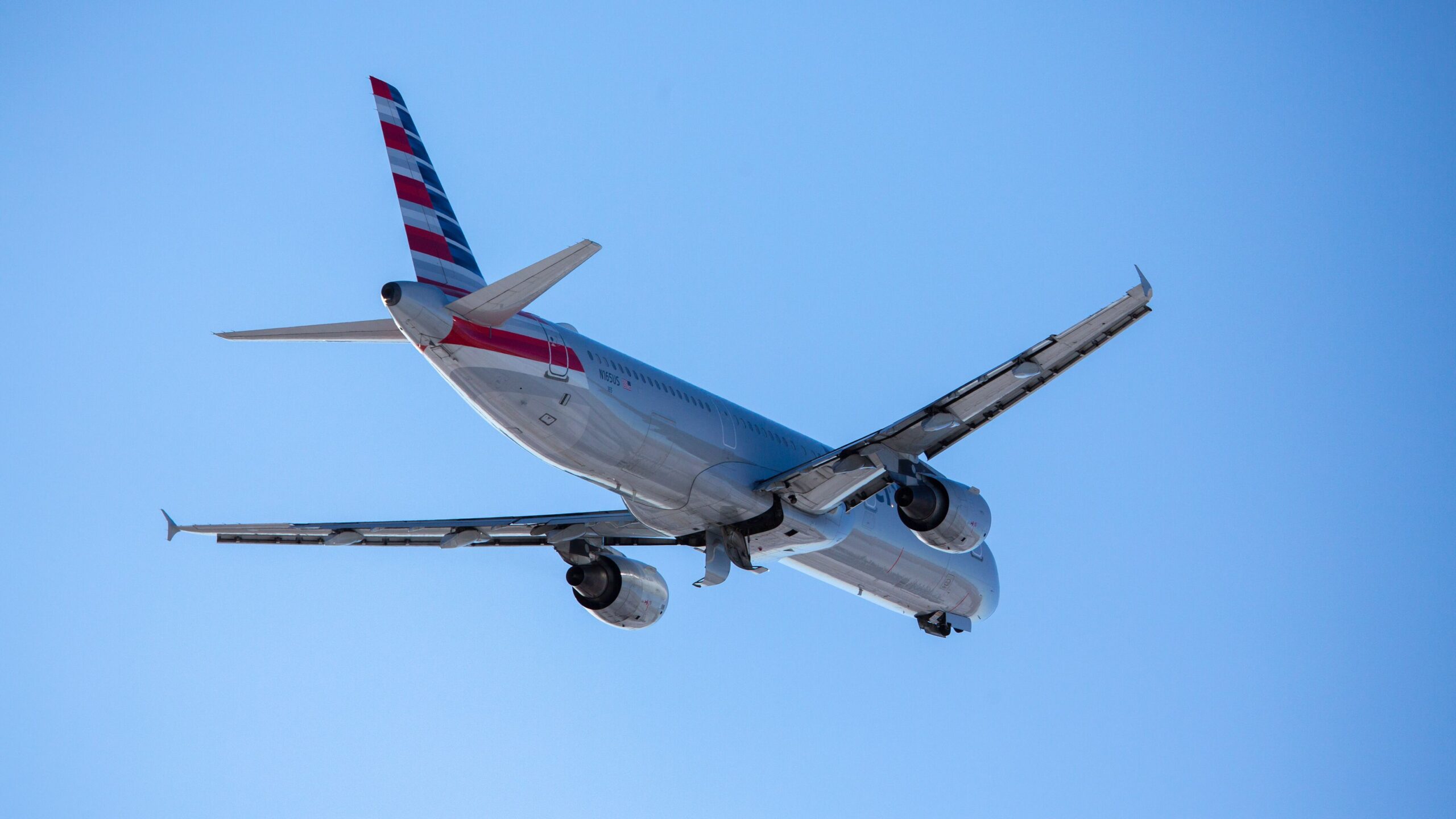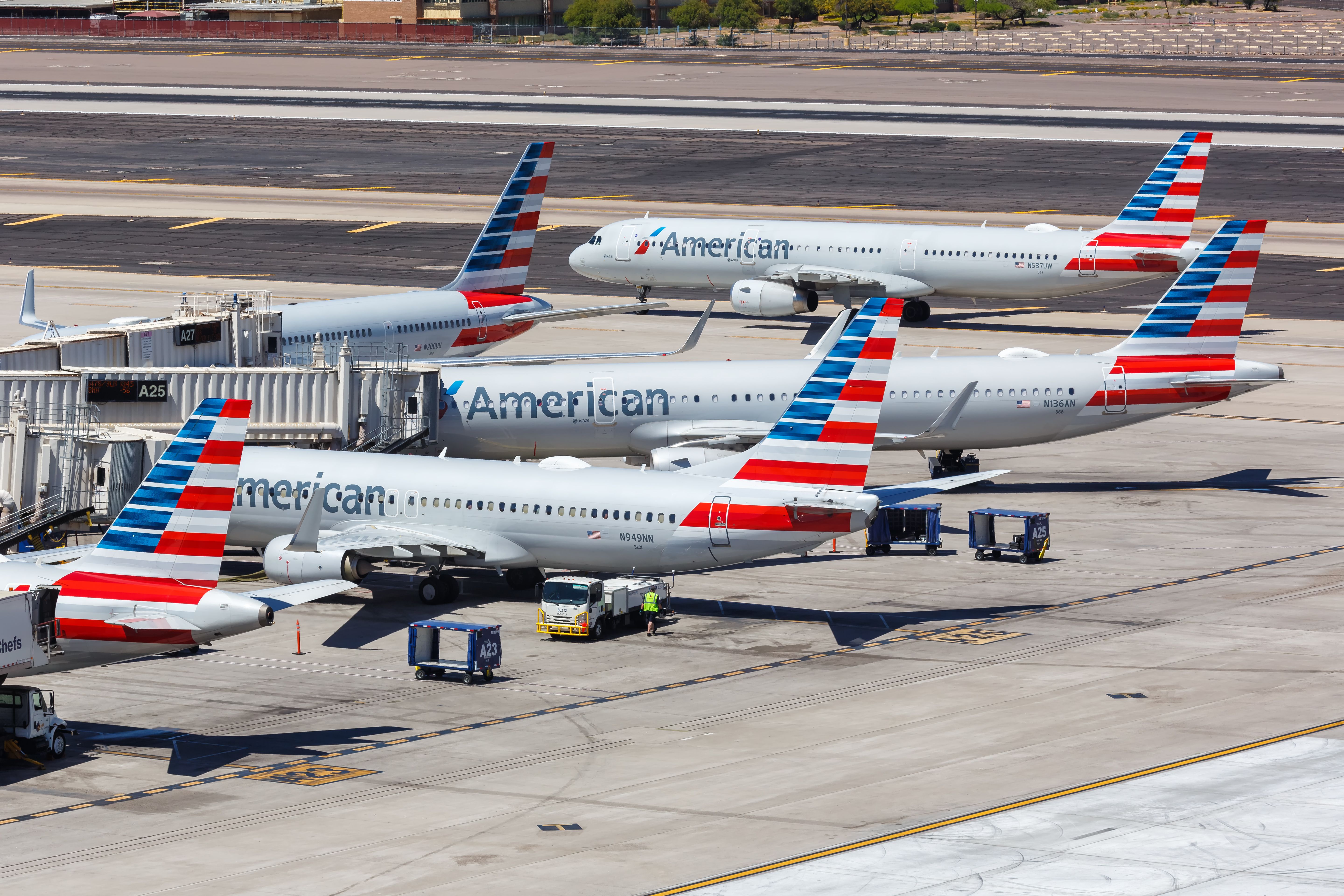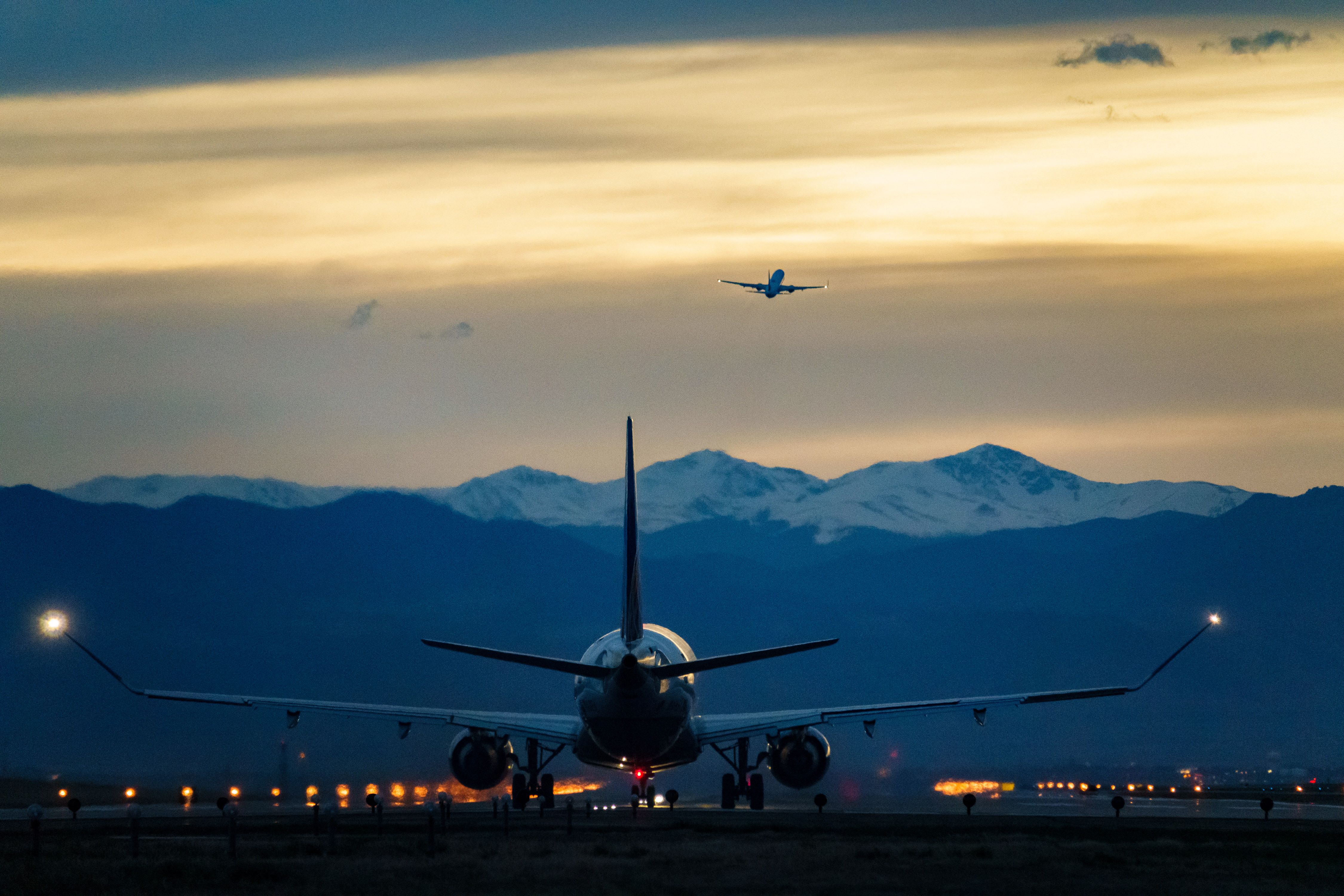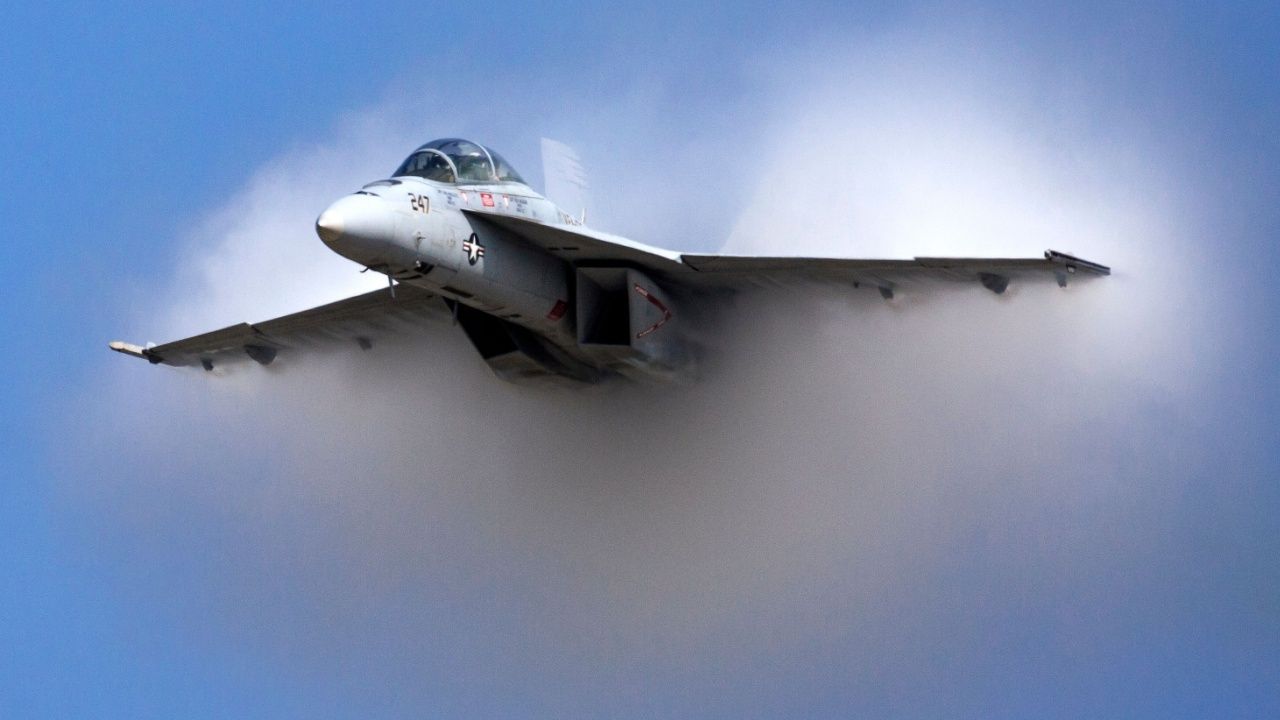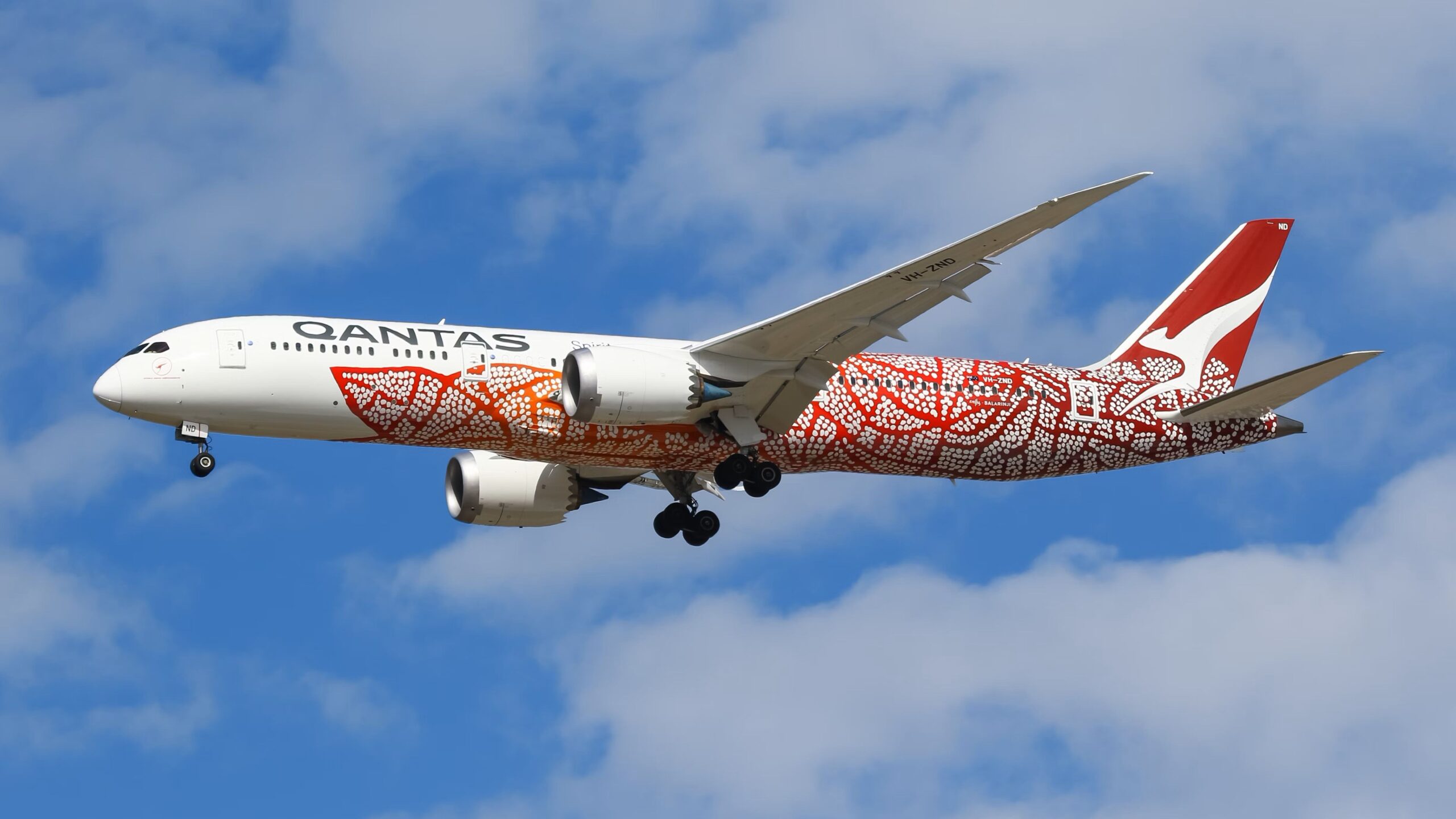Summary
- The DOT and FAA have implemented measures to minimize cancellations and disruption during the holiday season, including adding new direct routes and opening military airspace to commercial traffic.
- Commercial air travel has been prioritized over private aviation during periods of high congestion to ensure smoother operations.
- The Bipartisan Infrastructure Law has provided funding to modernize airports, enhance security, improve infrastructure, and protect passenger rights. However, the industry still faces challenges due to understaffing.
After last year’s chaos and operational meltdowns, the US Department of Transportation (DOT) and Federal Aviation Administration (FAA) are getting ahead of the holiday rush to minimize cancellations and disruption through November and December.
What’s new?
Over the past 12 months, the DOT and FAA have been working on redeveloping and modernizing much of the United States’ aviation infrastructure. According to the DOT, over 150 new direct routes have been added across the East Coast to reduce the need for connecting services, and military airspace around the Gulf of Mexico is set to be opened to commercial air traffic through the holiday season to reduce the amount of traffic over land.
In a big move, commercial air travel has been prioritized over private aviation during periods of high congestion. Commercial aircraft will be permitted to take off ahead of business jets that have not scheduled their departure well enough in advance.
Photo: Markus Mainka | Shutterstock
Under the Bipartisan Infrastructure Law, $25 billion has been earmarked to modernize airports over the next five years. The funding includes the $2 billion Airport Terminal Grant to enhance security and digitize systems at regional and international airports, $57.6 million to overhaul winter operational equipment, and $9 billion to improve airport infrastructure.
Alongside tackling disruption and enhancing infrastructure, there has also been a greater focus on rights for travelers, such as ensuring airlines accommodate delayed or stranded passengers, better protections for passengers with disabilities, and improved efforts to scrap junk fees, limiting overcharging for flights and ancillary services. While having widespread consumer support, the proposed Junk Fees Prevention Act has been met with some controversy from airlines and aviation groups citing over-regulation.
Ongoing challenges
Despite general improvements, much of the US aviation industry remains significantly understaffed, posing a severe challenge to airlines and airports.
Photo: Denver International Airport
Earlier this month, a senate hearing for the Subcommittee on Aviation Safety, Operations, and Innovation uncovered significant safety failures due to air traffic control (ATC) staffing shortages. Witnesses for the National Transportation Safety Board (NTSB) cited the chronic understaffing as the cause of several recent near-miss incidents at airports across the US and urged senators to pass the FAA Reauthorisation Bill to bolster funding for training and support services.
The FAA confirmed it would be taking immediate action on several recommendations, with new measures to include implementing on-the-job ATC training for certain graduates, opening a fast-track scheme for private and military-trained ATC dispatchers, and enhancing current training facilities.
According to the FAA, over 1,500 new ATC controllers have been hired this year; however, the industry remains around 3,000 staff members short, with employees still undertaking excess responsibilities. Speaking at the hearing, committee chair Maria Cantwell summarized the challenges facing current ATC controllers,
“We cannot have people working 6 days a week. We need people who have the ample amount of rest and capability to deal with one of the most stressful and challenging jobs there is.”
What are your thoughts on the DOT and FAA’s efforts to limit disruption? Have you noticed a difference? Let us know in the comments.
Source: The Washington Post

